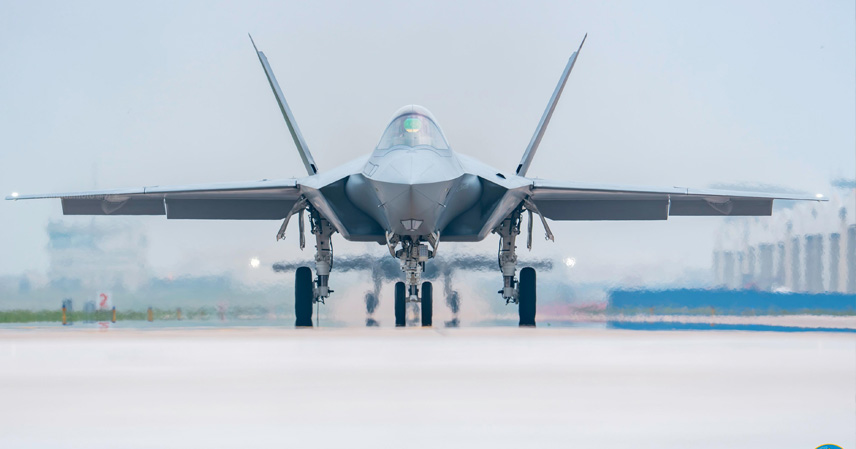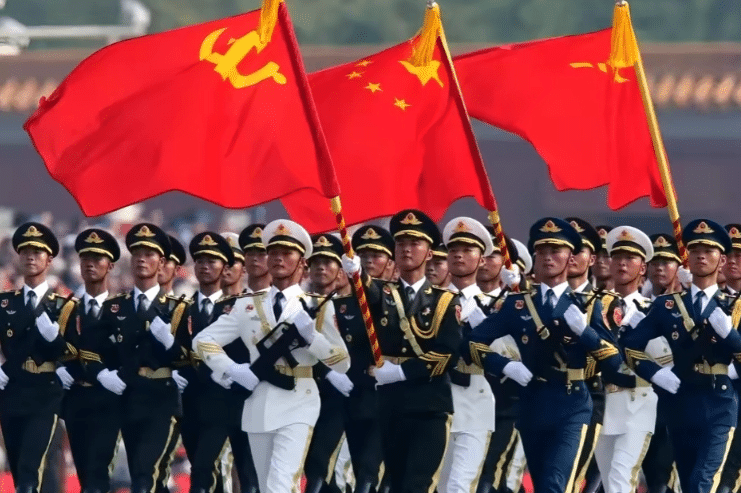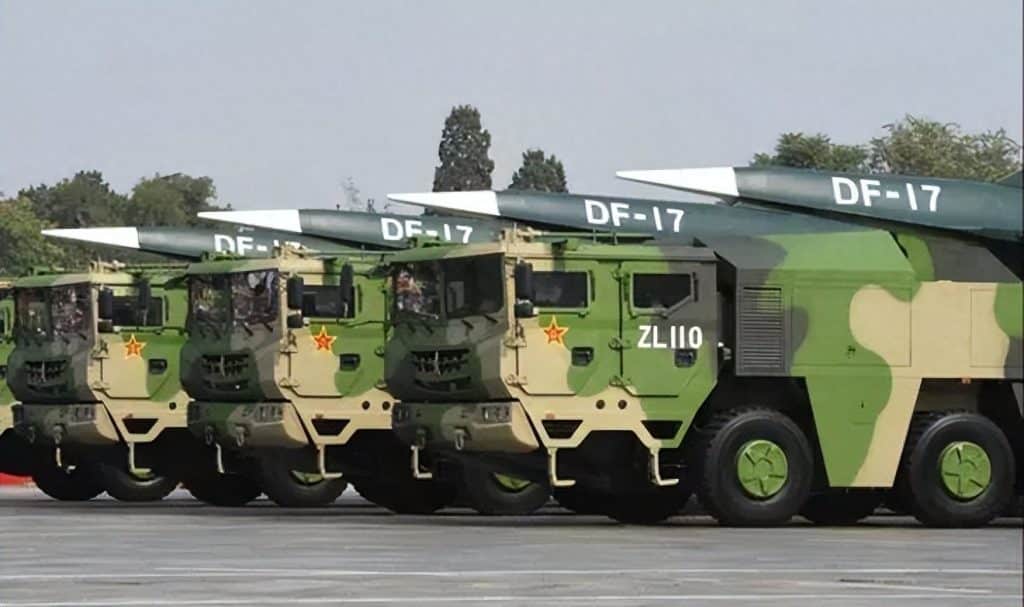A Stealth Fighter’s Unusual Appearance in Europe
In September 2025, an unexpected sight in Europe captured global attention — China’s J-35 stealth fighter, the country’s newest generation of naval aircraft, appeared publicly at the Belgrade International Defense and Security Expo.
The event, held from September 12 to 16, is the largest defense exhibition in Southeastern Europe, attracting defense enterprises and officials from more than fifty countries. China’s Aviation Industry Corporation of China (AVIC) presented a full-scale 1:1 model of the J-35 as the centerpiece of its display, alongside models of the J-10CE fighter and Wing Loong-3 drone.
According to Politika of Serbia, the model featured detailed external design elements and select performance specifications, including range, payload, and stealth coating technology — while avoiding classified data. Serbian Defense Minister Miloš Vučević, visiting the Chinese pavilion, remarked that “the technological maturity and cost-efficiency of Chinese defense equipment provide valuable options for Serbia’s military modernization.”
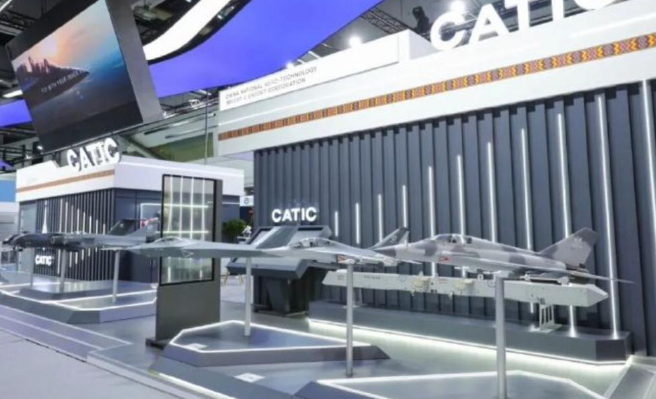
The Strategic Symbolism of Belgrade
The J-35’s appearance in Belgrade carried symbolic resonance that extended far beyond the exhibition floor. Only one year earlier, in August 2024, Chinese state media confirmed the J-35 had officially entered service with the People’s Liberation Army Navy (PLAN).
Its presence in Europe — particularly in Belgrade — immediately drew historical comparisons. The city was one of the key targets during NATO’s 1999 bombing campaign against the Federal Republic of Yugoslavia, an operation conducted without UN authorization. During that campaign, NATO airstrikes destroyed the Chinese Embassy, killing three Chinese journalists — a tragedy that still lingers in China’s collective memory.
For that reason, many observers interpreted the J-35’s European debut as more than a marketing effort. It symbolized China’s quiet but confident return to a place once defined by its trauma under Western power projection.
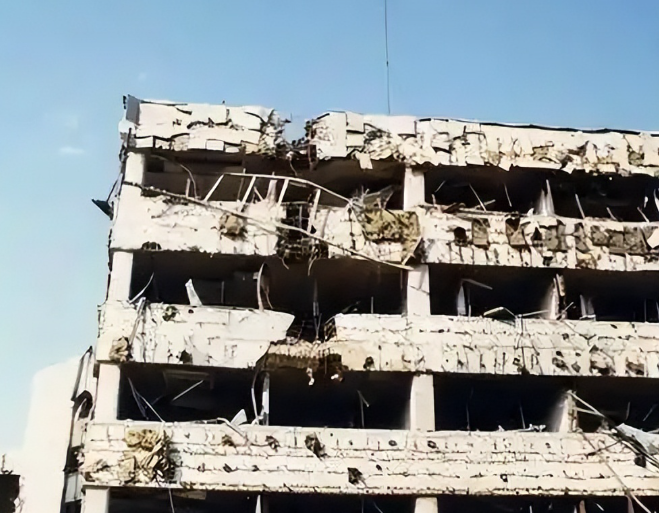
Indian Media Reactions: A Reflection on Changing Power Dynamics
Indian media outlets were among the first to highlight the deeper significance of the event. The Hindustan Times ran a feature titled “China’s Stealth Fighter Appears in Europe’s Sensitive Zone — NATO Must Confront Its Historical Debts.”
The article noted that the selection of Belgrade as a venue was “not accidental,” emphasizing that “China has neither forgotten nor forgiven the NATO bombing of its embassy.” Quoting Abhijit Singh, a senior fellow at India’s Institute for Defense Studies and Analyses, the paper suggested that “the J-35’s appearance is a subtle diplomatic gesture — an assertion of China’s evolving status in global defense politics.”
Meanwhile, The Hindu underscored the technical implications: “The J-35, China’s second indigenous stealth fighter, reached operational readiness in only five years — a pace that underscores the maturity of China’s aerospace industry.” By comparison, India’s Tejas Mk2 fighter, launched in 2008, remains in prototype testing. Indian analysts described the difference as “a reflection of systemic disparities in defense innovation capacity.”
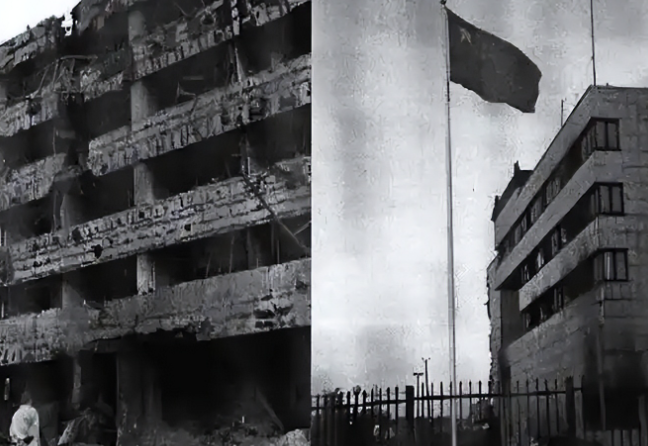
China’s Expanding Presence in Europe’s Defense Market
The appearance also highlighted China’s growing footprint in Europe’s defense sector. In 2024, Serbia completed the delivery of its first batch of FK-3 surface-to-air missile systems from China — a deal that marked a milestone in Sino-Serbian defense cooperation.
The J-35’s exhibition, coming so soon after that transaction, signaled China’s intent to deepen ties with European defense markets traditionally dominated by NATO suppliers. While analysts agree that China remains far from becoming a major player in Europe’s military procurement network, its participation reflects a strategic effort to diversify global engagement and showcase technological parity.
The “Debt” NATO Owes
The phrase “NATO owes China a blood debt,” frequently quoted in Indian coverage, refers directly to the 1999 embassy bombing. Despite NATO’s claim that the strike resulted from outdated maps and mistaken targeting, China never accepted the explanation. NATO later issued a compensation payment of $4.5 million but stopped short of an official apology.
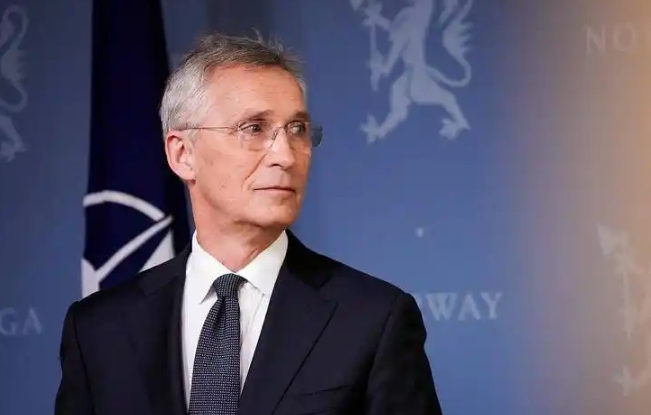
For many Chinese observers, this episode remains a scar that defines their perception of NATO’s double standards and its selective interpretation of “international law.” Although China and NATO established limited dialogue in 2011 — focusing on non-traditional security cooperation such as counter-piracy — mutual suspicion has persisted.
In 2025, NATO Secretary-General Jens Stoltenberg described China’s military modernization as “a growing strategic challenge” during the alliance’s annual summit. Beijing swiftly responded that China “maintains a defensive national defense policy” and urged NATO to “abandon its Cold War mentality.”
In this context, the J-35’s arrival in Belgrade can be read as a quiet, calculated act of symbolism — not a provocation, but a reminder of the shifting balance of power and historical memory.
Voices from Belgrade
Serbian international relations scholar Zoran Živković cautioned against overinterpretation, arguing that “linking a defense exhibition to historical grievances oversimplifies complex realities.” He emphasized that Serbia, as a sovereign state, “has every right to invite global participants,” and that China’s presence “represents legitimate commercial and technological exchange.”
Still, few can ignore the emotional undertones. For many Chinese citizens and diplomats who remember 1999, seeing their nation’s stealth fighter showcased in Belgrade — a city once scarred by Western airstrikes — carries deep symbolic weight.
Conclusion: A Changing World Order
Indian commentators summarized the scene succinctly: “Times have changed — the United States is no longer the uncontested global hegemon.”
Indeed, the J-35’s exhibition may not alter Europe’s defense market overnight, but its presence encapsulates the new geopolitical reality. China’s defense industry, once peripheral, now competes on sophistication and speed. Its symbolic showcase in Belgrade bridges memory and ambition — a quiet assertion that the global balance of power is no longer fixed.

